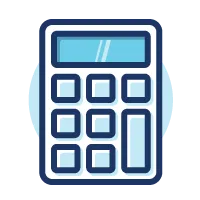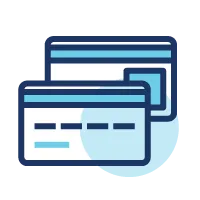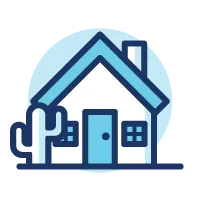COVID-era relief extensions are in the news and getting prepared with the best options to handle your student loan debt will help reduce stress
As of this writing, the federal administration has extended the pause of federal student loan repayment, interest and collections to May 1, 2022. Borrowers have been allotted breathing room since March 2020 since loan payments, interest and collections have initially placed on hold as part of the CARES Act and have been extended.
With the extended breathing room, borrowers should be prepared to resume repayment by May 1, 2022.
For borrowers with steady income throughout the crisis, now is the time to examine one’s full financial picture to figure out how to set aside funds for repayment of paused student loan payments and interest when the temporary relief ends.
Take a Hard Look at Your Budget
If you were paying $400 a month for your student loans before the pandemic, where will you find that $400 going forward?
Your goal going forward is likely to avoid delinquency or default on your student debt.
Failing to repay a student loan can have serious financial consequences for borrowers, including collection fees, wage garnishment and money being withheld from income tax refunds, Social Security, and other federal payments.
Look at Your Entire Financial Picture
It is important to view student loans as part of your overall financial situation. Borrowers should carefully examine their income and expenses such as housing, transportation, childcare, along with any payments to cover other debt, such as credit card debt and car loans.
The focus is on affordability. Once a borrower’s full financial picture is assessed, it becomes clear how much discretionary income can be assigned to student loan (re)payments.
Look Into Other Forms of Relief
In addition to this latest extension, the U.S. Department of Education is “reinstating 1.3 billion in loan discharges for 41,000 borrowers who received a total and permanent disability discharge and protecting another 190,000 from potential loan reinstatement.” The Department is also helping small business owners manage student loan debt through the Paycheck Protection Program.
If you are on a forgiveness plan, like public service loan forgiveness, the months when the borrower’s payments were paused still count towards your forgiveness. For Public Service, it’s 10 years (120 months) of work/payments.
You might be able to pause federal student loan payments by tapping into the economic hardship deferment, unemployment deferment, and forbearances. But such breaks won’t be automatic — and interest will be accruing. If you are between jobs or working reduced hours, a forbearance could help you pay rent, utilities, or grocery bills, start building an emergency fund or help you pay down debt.
Borrowers with private loans or some FFEL, HEAL or Perkins loans should contact their lender to ask about available options. Many private lenders may offer disaster or emergency forbearance (for up to 24 months in increments but interest will likely still accrue), reduced payments, a grace period extension, lowered interest rate, waived late fees, or refinancing.
Continue Paying if You Can
There are several reasons to continue paying student loans during the pause:
- You can pay the loan off faster. Making payments while your student loan is not accruing interest means your full payment will be applied to the principal amount of your loan. This will help lower your balance much faster. By paying a little more than your required monthly payment amount, you can significantly lower what you pay over the life of the loan.
- You reduce overall interest. All federal student loans are currently at zero percent interest. A lower balance reduces the amount of interest the borrower will pay over the long term.
- You will improve your credit rating. By lowering your principal, you can reduce the amount of your total debt. A healthy credit score can help significantly lower your costs (interest rate) if you are or will soon be considering an auto loan or mortgage.
Ultimately, the path for you is the one that will work best for your specific financial situation.
Concerned About Student Loans or Overall Debt?
Student loan counseling is free as part of GreenPath’s counseling services. GreenPath’s Student Loan Specialists are experienced at bridging the gap between borrowers and lenders to find a common ground and can help borrowers understand the terms and repayment options and identify affordable solutions that can keep them on track with payments.
APR = Annual Percentage Rate











